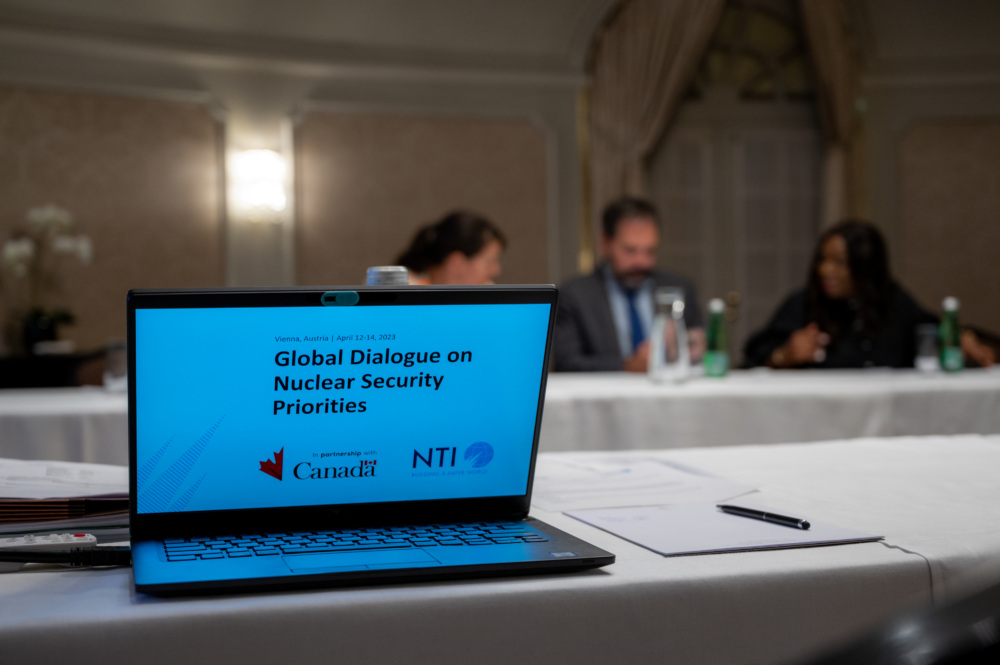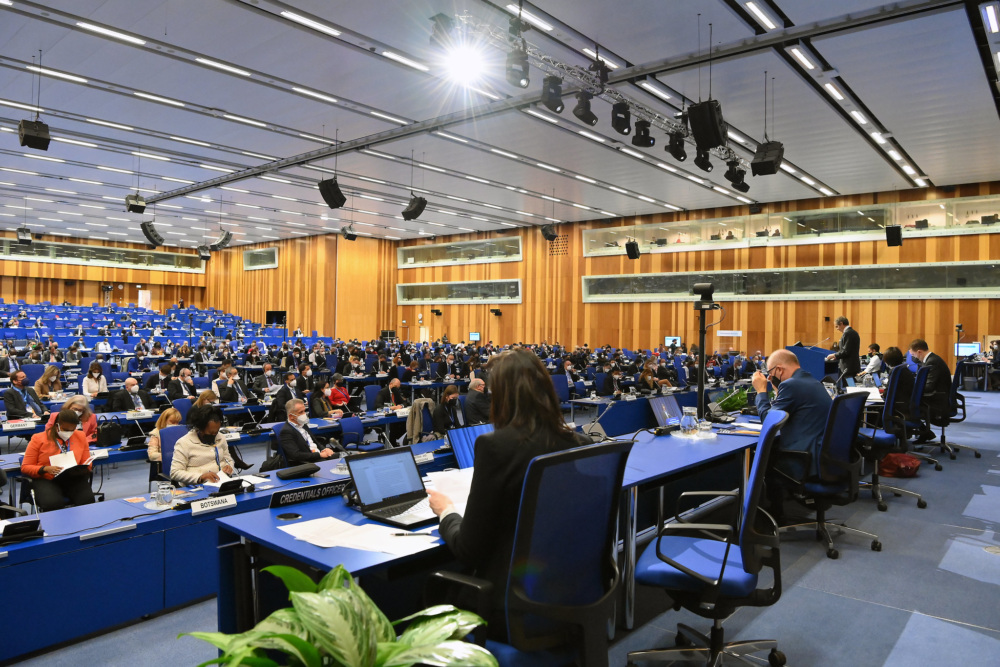
Fostering Nuclear Security Leadership and Innovation
Lessons Learned from 10 Years of the Global Dialogue on Nuclear Security Priorities
Resource Collection
As the only legally binding treaty requiring countries to protect nuclear materials and nuclear facilities, the amended Convention on the Physical Protection of Nuclear Material (CPPNM) is one of the most important tools to prevent nuclear terrorism and is the linchpin to building a strong, effective, and sustainable global nuclear security architecture.
The original CPPNM was adopted on October 26, 1979 and entered into force on February 8, 1987. The CPPNM requires states to provide adequate physical protection of nuclear materials used for peaceful purposes when in international transport and to cooperate to prosecute crimes related to unlawful possession and use of nuclear material.
The amendment to the CPPNM was adopted on July 8, 2005, though it did not enter into force until May 8, 2016. The amendment is significant because it expands the scope of the original treaty to include protection of nuclear materials used for peaceful purposes in domestic use, storage, and transport (not just international transport), and protection of nuclear facilities used for peaceful purposes from sabotage. To guide the establishment and maintenance of the physical protection system, the amendment obligates states to apply, insofar as is reasonable and practicable, a set of fundamental security principles that define the key elements of a state’s nuclear security regime, such as establishing a competent authority and setting up licensing and inspection systems to verify compliance with legal and regulatory requirements. Although the original and amended CPPNM cover nuclear materials used for peaceful purposes only, the preamble recognizes the importance of protecting nuclear materials in military use.
Article 16 of the amended CPPNM requires the International Atomic Energy Agency (IAEA), as treaty depositary, to convene a conference to review the amendment five years after its entry into force. The 2022 conference will be the first opportunity for states parties to review implementation of the treaty. Article 16 also allows states parties to call for further conferences to review the treaty at no less than five-year intervals after the mandatory conference in 2022, if a majority agree to do so.
States should use the review conference to create a forum for parties to engage in regular dialogue on how the treaty is being translated into on-the-ground nuclear security progress, monitor and identify gaps in implementation, review progress, promote continuous improvement, and discuss emerging trends that impact security.
States parties can accomplish this goal if they agree, at the 2022 review, to hold regular review conferences as a standing arrangement instead of waiting for a request of a majority of states parties. Parties do not have to agree to hold future review conferences on a fixed cycle but should agree that each review conference would set the next conference date. Regular review conferences will enable a sustainable treaty regime that can adapt as threats, technology, and best practices evolve. And by agreeing to regular review conferences, parties can turn the amended CPPNM into a living, breathing tool for dialogue and progress and demonstrate their commitment to building a strong, effective, and sustainable treaty regime.
The following is a collection of papers and video resources providing an overview to the CPPNM and its Amendment, including its history and an introduction to its provisions.
The following are links to relevant treaty and preparatory documents.
The following is a collection of documents that is relevant to state implementation of obligations under the CPPNM/A.
The following is a collection of papers, articles, and other analysis on the amended CPPNM and the 2022 review conference published by NTI staff or produced for NTI projects, as well as additional analysis by other organizations.
Sign up for our newsletter to get the latest on nuclear and biological threats.
Lessons Learned from 10 Years of the Global Dialogue on Nuclear Security Priorities
The Nuclear Threat Initiative has convened government officials, experts, representatives from international organizations, and industry leaders since 2012 to define what a truly comprehensive and effective global nuclear security system would look like and has developed related recommendations. This paper is the culmination of this work and lays out a vision for strengthening the global nuclear security system and the steps needed to achieve it, including after the summit process ends.
A call for the creation of regional HEU-Free Zones, whereby countries may not possess or allow for the transfer of HEU within their territory. (CNS)
